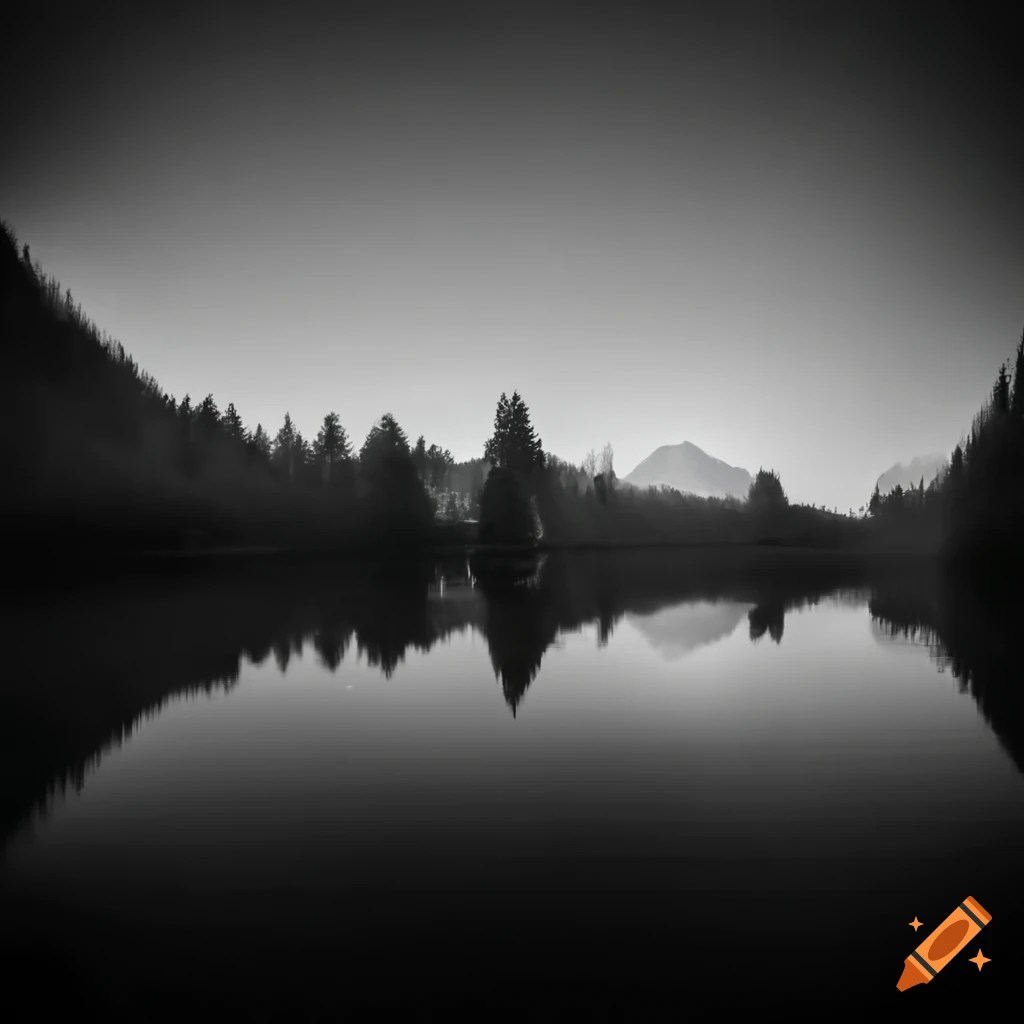Transforming Landscape Videos to Portrait in Premiere Pro: A Simple Guide
Have you ever recorded a stunning landscape video only to realize it doesn't quite fit the vertical format favored by social media platforms? Adapting landscape video to portrait orientation in Premiere Pro has become increasingly important with the rise of mobile viewing. This shift towards portrait mode on platforms like Instagram, TikTok, and even YouTube Shorts necessitates understanding how to effectively reformat our videos. This guide offers a clear path to converting landscape footage into engaging portrait content.
The need to convert landscape videos to portrait arose from the changing ways we consume media. With smartphones becoming our primary viewing devices, vertical video has taken center stage. Traditional landscape videos often feel constrained on mobile screens, with large black bars flanking the content. Converting to portrait maximizes screen real estate, providing a more immersive and engaging viewer experience.
Initially, adapting landscape footage to portrait orientation presented several challenges. Simply cropping a landscape video could result in losing vital visual information. However, Premiere Pro's powerful editing tools offer elegant solutions. Techniques like reframing, motion tracking, and creative blurring allow us to adapt landscape content effectively, preserving the essence of the original footage while optimizing it for portrait viewing.
One of the primary advantages of converting to portrait is the increased engagement it offers on social media. Platforms like TikTok and Instagram Reels prioritize vertical video, making it more likely to be discovered and shared. This format naturally aligns with how people hold their phones, resulting in a more comfortable and intuitive viewing experience.
Beyond social media, portrait video finds its use in various creative applications. From artistic short films to captivating vlogs, the vertical format offers a fresh perspective. It can emphasize vertical lines, create a sense of intimacy, and draw the viewer's attention to specific details. Moreover, portrait video can be effective in educational content, product demonstrations, and even corporate communications.
Several approaches exist to reformat landscape video within Premiere Pro. One straightforward method involves using the "Sequence Settings" to change the aspect ratio to 9:16, the standard for portrait video. You can then reposition and scale your footage within the frame. Alternatively, you can use the "Crop" effect to create a vertical frame within the original landscape footage. Another technique involves adding blurred or colored backgrounds to fill the empty space on either side of the cropped landscape video.
Three key benefits emerge from converting landscape video to portrait: enhanced mobile viewing, increased social media engagement, and expanded creative possibilities. By maximizing screen space and aligning with how users hold their phones, portrait video improves the overall viewing experience. It also boosts discoverability and shareability on social media platforms. Furthermore, it opens up new avenues for visual storytelling and artistic expression.
Here's a simple step-by-step guide for converting landscape to portrait in Premiere Pro: 1. Create a new sequence with a 9:16 aspect ratio. 2. Import your landscape footage. 3. Place the footage in the new sequence. 4. Scale and reposition the video within the frame. 5. Consider adding background elements or blurring.
Advantages and Disadvantages of Landscape to Portrait Conversion
| Advantages | Disadvantages |
|---|---|
| Enhanced mobile viewing experience | Potential loss of visual information |
| Increased social media engagement | Requires additional editing effort |
| Expanded creative possibilities | May not be suitable for all types of videos |
Five best practices for converting landscape to portrait include: focusing on key elements, utilizing motion tracking, adding creative background elements, using smooth transitions, and optimizing for the specific platform.
Five real-world examples where landscape to portrait conversion is beneficial include creating Instagram Reels, producing TikTok videos, developing vertical ads, formatting videos for mobile web viewing, and designing visually engaging presentations.
Five challenges and solutions related to landscape to portrait video conversion include: cropping and reframing, maintaining visual interest, dealing with fast-paced action, ensuring smooth transitions, and optimizing audio for the new format.
FAQs: 1. What is the best aspect ratio for portrait video? (9:16) 2. Can I convert portrait video back to landscape? (Yes, but with potential quality loss) 3. What are some creative ways to fill the empty space in a converted video? (Blurring, color backgrounds, graphics)
Tips and tricks: Experiment with different cropping techniques, utilize keyframing for dynamic effects, and explore Premiere Pro's built-in motion tracking features.
In conclusion, adapting landscape videos to portrait in Premiere Pro is no longer a niche technique but a fundamental skill for content creators. The rise of mobile viewing and the popularity of vertical video formats demand that we adapt our workflows. By understanding the techniques, benefits, and challenges of landscape to portrait conversion, we can create more engaging and impactful videos that resonate with today's audiences. This shift represents an opportunity to explore new creative avenues and enhance the overall viewing experience for mobile users. Embracing this change allows us to optimize our videos for the platforms where viewers are most active, ultimately maximizing reach and engagement. Take the time to experiment with Premiere Pro's powerful tools and discover the best approach for your specific needs. The future of video is undeniably mobile and increasingly vertical – be ready to embrace the portrait perspective.
Banish water rings rescuing your wood furniture
Unlock your potential what is a psikometrik test
Is the chevy 12l turbo a reliable engine choice














